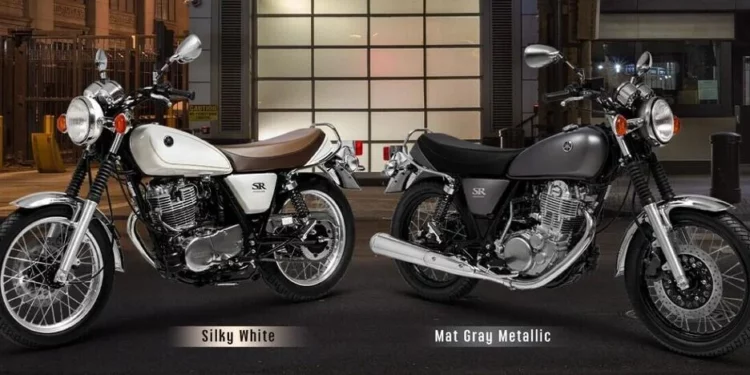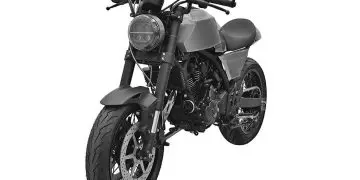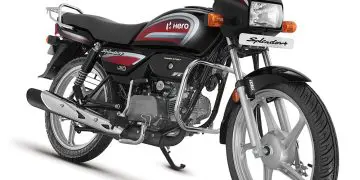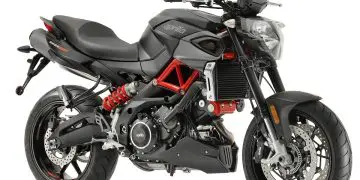The Yamaha SR400 will also be available for sale in 2024, although only in Thailand, where it remains in its reduced form, protected by homologation regulations that still allow its existence and by a market that evidently continues to demand it.
We have already talked several times about this historic model, most recently to highlight the theme of its Final Edition in 2021, which put an end to the evolution (but the term “history” would be much more accurate) of a motorcycle that had remained essentially unchanged from 1978 to 2021, the year in which it had to surrender to anti-pollution regulations and the need for ABS, circumstances that led Iwata to opt for the end of the line.
However, one last step was taken for the SR400, identified in the Thai market, which – we imagine – not only for homologation reasons (similar regulatory environments are common in other Asian markets, for example), but also for sales volumes that allowed the survival of the tenacious single-cylinder, which is confirmed on the list for 2024 by Yamaha Thailand with only an update in color, but technically unchanged.
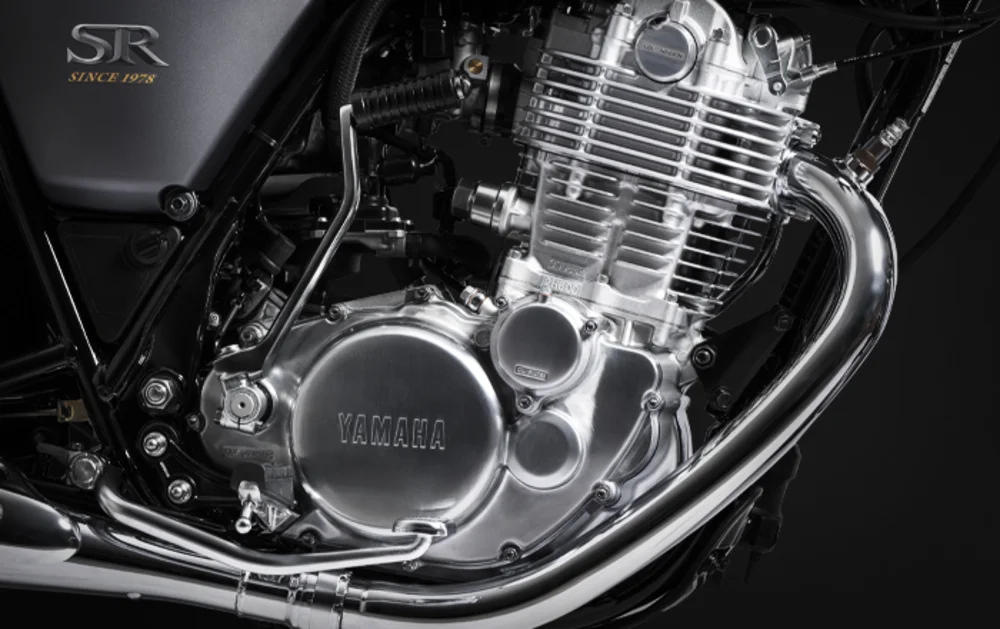
For those who are not familiar with the SR400, let’s say that it is one of the motorcycles that has lasted the longest in production without straying too far from its original configuration: it was born in 1978 based on the XT500 (actually 500 cc, but the 400 cc version came shortly after to satisfy the Japanese market and survived as a global model) and reached Europe, where it arrived in very small numbers.
On the other hand, the small air-cooled, two-valve per cylinder, single-cylinder engine, with crank start, rigorously and anachronistically, produces just over 24 hp at 6500 rpm and 28 Nm of torque, with rear disc brakes, and was sold practically at the same price as the contemporary XJ6, which may not have been a milestone in the roadster segment, but still had a four-cylinder engine, disc brakes, and ABS.
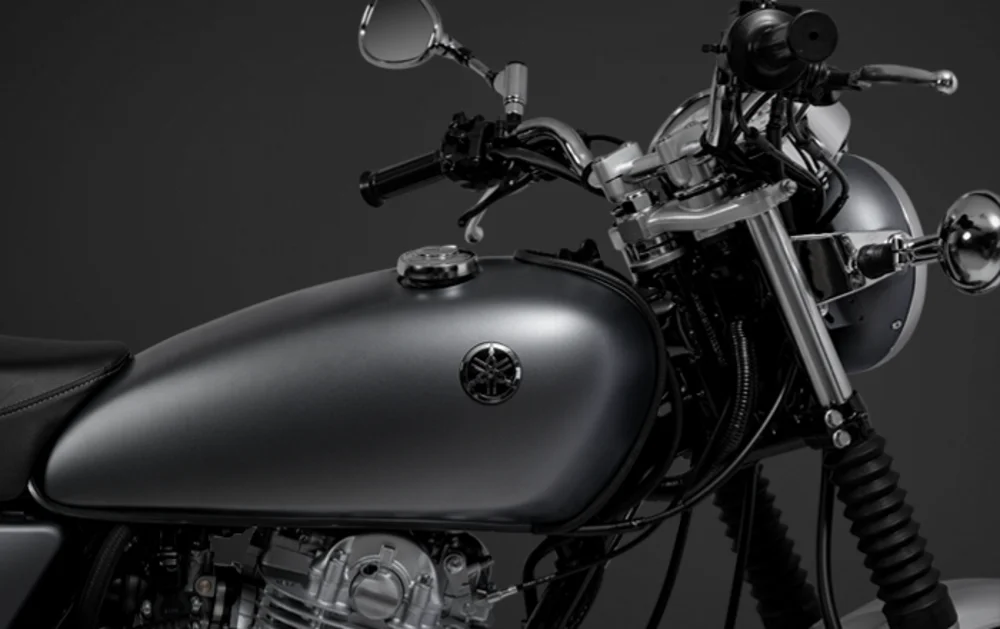
In summary, the SR400 was never cheap, Yamaha made the right decision – in our opinion – to place it in a heritage segment, and nobility is never taken for granted: to be clear, in Thailand it costs slightly less than the MT-07 (around 7,800 euros, at today’s exchange rate) and it’s wonderful to see that it still has circular instruments without LCD, to find the same electrical blocks from the 80s, not to mention the sets of lights and true buttons that represent the era of the legendary XS.


